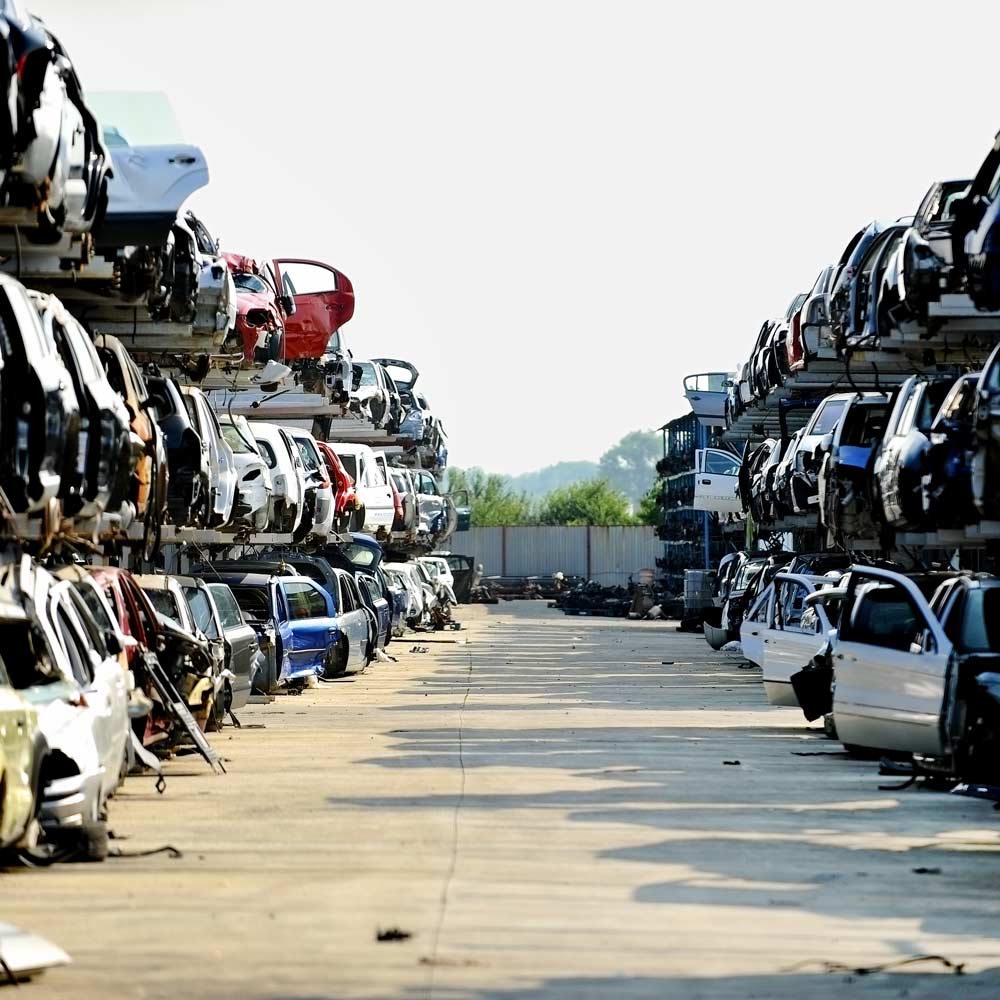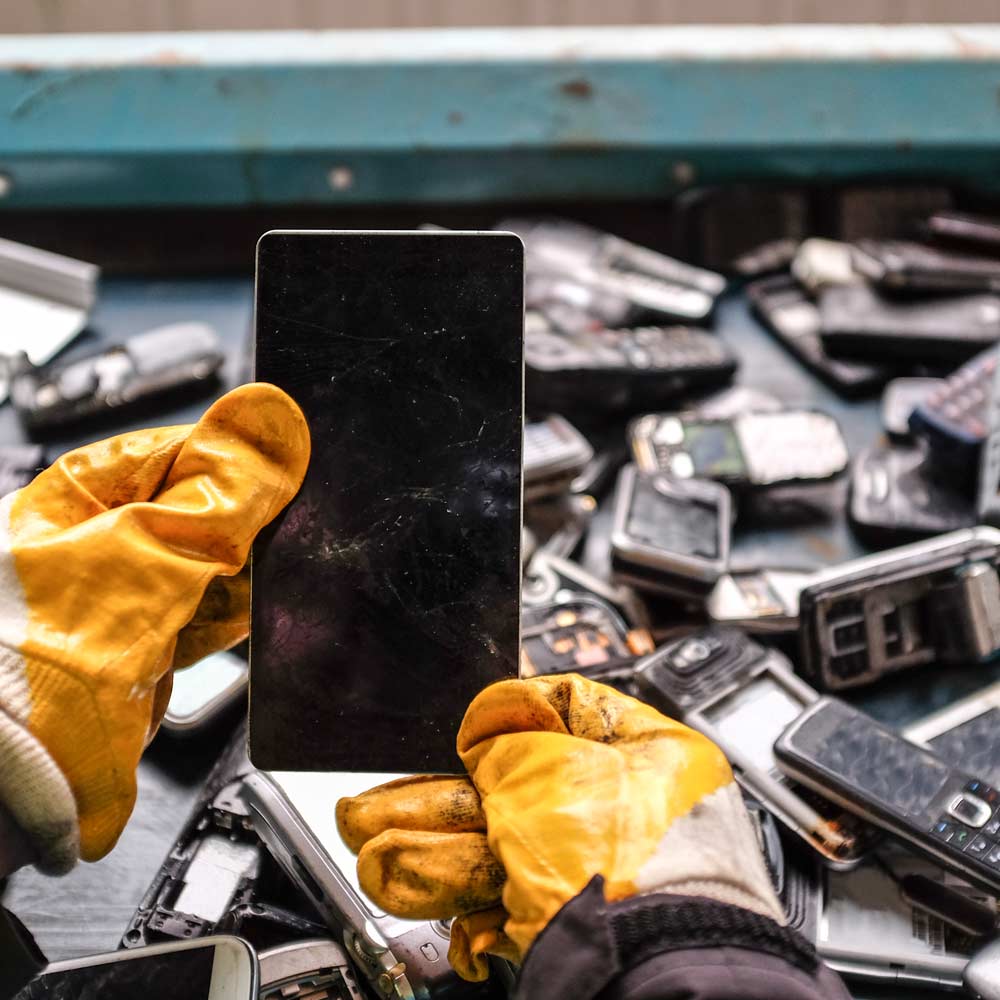WASTE Regulations
End of life vehicle Directive
Directive 2000/53/EC (Directive 2000/53/EC – the “ELV Directive”) on end-of life vehicles aims at making dismantling and recycling of ELVs more environmentally friendly. It sets clear quantified targets for reuse, recycling and recovery of the ELVs and their components. Targets have been set for recovery and reuse. Treatment operations for depollution of end-of-life vehicles includes removal and separate collection of air-conditioning system fluids (which includes HFC-134a and HFO-1234yf). The Directive was subject to a review in 2014 (see fitness check) which concluded that the effectiveness of the ELV Directive has shown that good progress has been made toward achieving the objectives of the Directive, which include preventing waste from vehicles (including by reducing hazardous substances), increasing re-use, recycling and recovery rates and ensuring that end-of-life vehicles are treated in environmentally sound conditions. More information about the ELV Directive can be found here.


WEEE Waste of electrical and electronic equipment
Directive 2012/19/EU of the European Parliament and of the Council of 4 July 2012 on waste electrical and electronic equipment (WEEE). More information can be found here.
WEEE is a complex mixture of materials and components that because of their hazardous content, and if not properly managed, can cause major environmental and health problems. Moreover, the production of modern electronics requires the use of scarce and expensive resources (e.g. around 10% of total gold worldwide is used for their production). To improve the environmental management of WEEE and to contribute to a circular economy and enhance resource efficiency the improvement of collection, treatment and recycling of electronics at the end of their life is essential.
Directive 2012/19/EU in Annex VII Selective treatment for materials and components of waste electrical and electronic equipment referred to in Article 8(2) requires that as a minimum a range of substances, mixtures and components have to be removed from any separately collected WEEE. This includes chlorofluorocarbons (CFC), hydrochlorofluorocarbons (HCFC) or hydrofluorocarbons (HFC), hydrocarbons (HC). In addition, for equipment containing gases that are ozone depleting or have a global warming potential (GWP) above 15, such as those contained in foams and refrigeration circuits, the gases must be properly extracted and properly treated. Ozone-depleting gases must be treated in accordance with Regulation (EC) No 1005/2009.
Directive 2012/19/EU in Annex II provides an indicative list of EEE which falls within scope and may contain CFCs, HCFCs, or HFCs. These include:
- Large household appliances: large cooling appliances, refrigerators, freezers, other large appliances used for refrigeration, conservation and storage of food, clothes dryers (note relevant to heat pump tumble driers), air conditioner appliances
- Medical devices -freezers
- Automatic dispensers for cold bottles or cans.